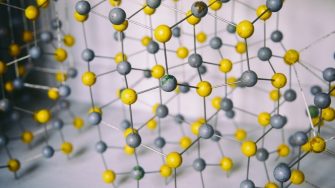
All materials are made up of atoms. These atoms are held together by forces called interatomic bonds which are incredibly important in determing materials properties. Find out more in the tutorials below.

All materials are made up of atoms. These atoms are held together by forces called interatomic bonds which are incredibly important in determing materials properties. Find out more in the tutorials below.